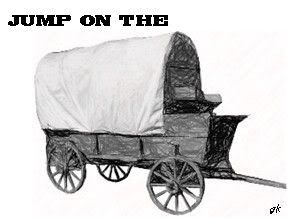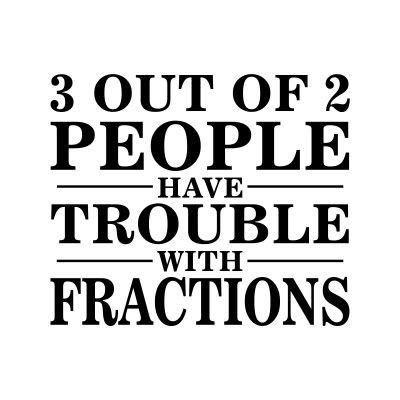Shifting gears; thinking about getting ready for another school year (yes, school starts early in Texas); taking math seminars (yes, using a new math book always requires seminars to learn how to teach this new math) -- a lot is starting to happen.
This brings me to a book which I've referenced before: Math Coach: A Parent's Guide to Helping Children Succeed in Math, written by Wayne A Wickelgren, Ph.D. Dr. Wickelgren is a former MIT cognitive psychologist specializing in learning. As I'm going to be sitting through a lot of "new" stuff for teaching this "new" math book, I'm finding that I am thinking about some of what Dr. Wickelgren has written. He knows how children learn. I've written other posts about Wickelgren's book, but today I'd like to quote a few things he has to say about "Abstract Learning and Fractions".
Wickelgren says:
"While abstract explanations of fractions are often helpful and interesting to children, they are not necessary for multiplying and dividing fractions. For almost all children, following the simple abstract rules for such operations is the best course. The best way to justify the rules for multiplying and dividing fractions is to say mathematicians devised these rules because they work to make everything come out correctly. There is no good way of explaining the meaning of multiplying and dividing fractions using objects or other concrete representations. Indeed, I believe attempting such explanations will only confuse your child, so I do not discuss them."Wow, doesn't this just fly in the face of everything the "new math" people say about teaching math. The "new math" folks tell us we must use objects or other concrete representations before we introduce anything and before we explain. Dr. Wickelgren says this (using objects or other concrete representastions to explain the meaning of multipllying and dividing fractions) will confuse your child.
"Abstract, mathematical principles like the rules for multiplying fractions are not necessarily harder for people to understand than concrete, real world examples. The capacity for abstract thinking is what sets human intelligence above that of other animal species. To make numerical abstractions apply to the world, people first relate numbers to objects and operations to actions. But having done that, people should immerse themselves in the abstractions themselves without continually translating them into the "real"world."Wow, "people first relate numbers to objects . . . . and operations to actiions." And then, they should just immerse themselves in the abstractions themselves . . . that sounds like practice, practice, practice to me.
This is the best part:
"It's like learning a second language. Once a person becomes fluent, he or she need not translate every word of the new language into the native one, since each word and phrase in the new language has taken on a meaning of its own. Indeed, it would be slow and cumbersome to do so. Similarly, after learning the language of math, it's most efficient -- and easier -- just to use the language, mastering it through continued use."I remember learning a language. It was just so exciting when I realized that I was starting to think in complete phrases, rather than translating each word. I could understand! I was thinking whole phrases. I got it!!!
The same is true for math. Once a student "understands" how to use the fractions and manipulate the fractions, they don't need to use all kinds of tricks of manipulating objects each time to do "real life" stories every time. That is so slow and cumbersome (especially for the really sharp kids that get it quickly). The students just need to practice using the procedures. That's what Wickelgren calls "mastering it through continued use."
And I have found this to be true. Students pay attention to what they are doing, as they do the steps, and suddenly, in doing the steps often, they begin to understand. They gain understanding by doing, by repetition, by practice. Would that be drill? Sounds like it to me.













